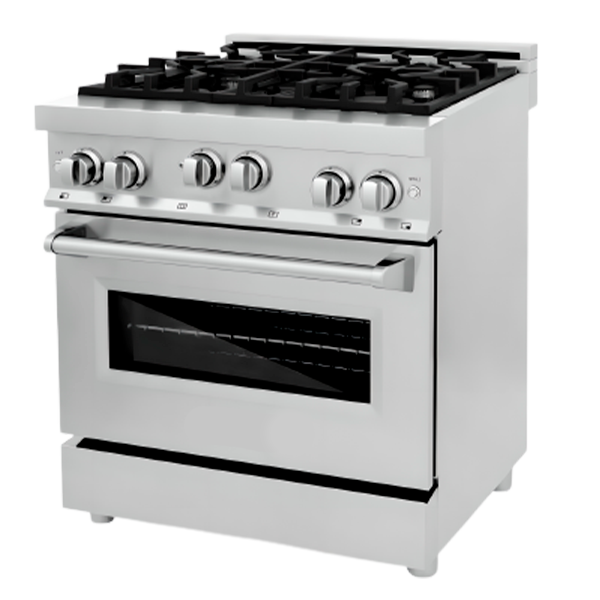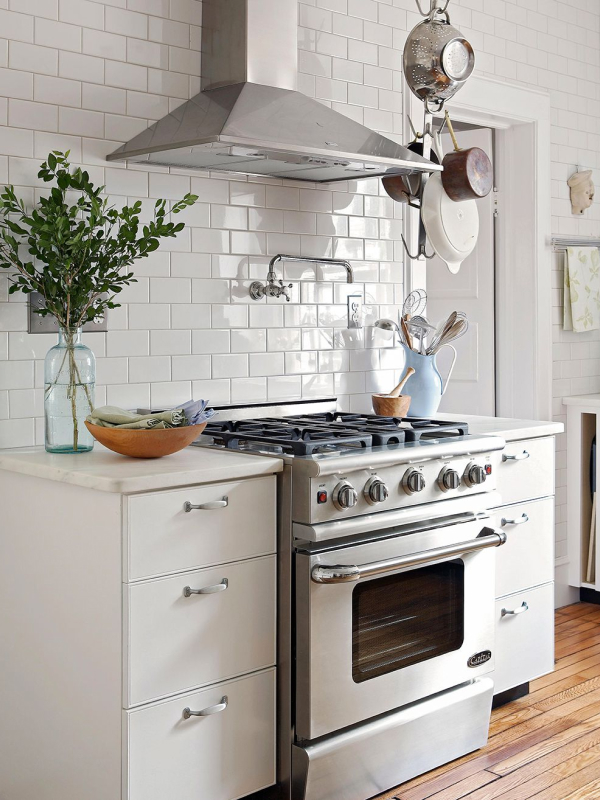Common Types
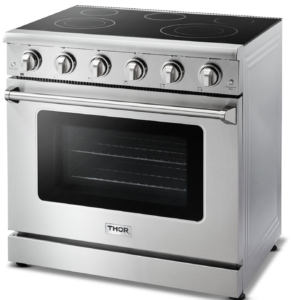
Electric
Electric options are popular among homeowners for their ease of use and consistent heat distribution. They rely on electricity to generate heat through the coils or a smooth-top surface. They offer precise temperature control, making them ideal for baking and simmering. However, common issues can include faulty heating elements, broken control knobs, or malfunctioning thermostats. Regular maintenance can help prolong the lifespan of your electric appliance and prevent potential problems.
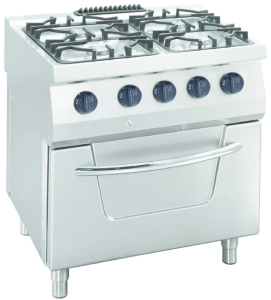
Gas
Gas options, on the other hand, are a favorite among professional chefs and cooking enthusiasts. They provide instant heat and allow for precise flame control, making them ideal for tasks that require quick adjustments in temperature. They rely on natural gas or propane to ignite the burners. Common issues can include gas leaks, malfunctioning ignition systems, or clogged burners. Regular maintenance and proper ventilation are crucial when it comes to gas appliances to ensure safety and efficiency.
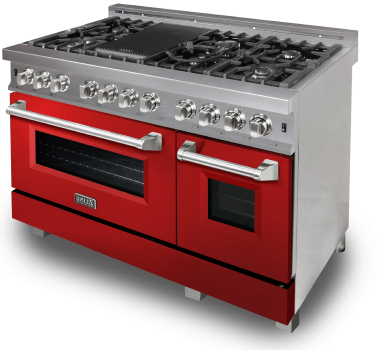
Dual Fuel
Dual fuel options combine the best of both worlds by featuring a gas cooktop and an electric oven. This type of appliance offers the versatility of gas cooking and the precision of electric baking. Dual fuel options are a popular choice for serious home cooks who want the flexibility to prepare a wide range of dishes. Common issues can include problems with either the gas or electric components, requiring specialized attention during maintenance or repairs.
Key Components
To effectively maintain and troubleshoot stove, it’s essential to have a basic understanding of its key components. Let’s take a closer look at the main parts that make up an applianceand their functions:
- Burners or Heating Elements: These are responsible for generating heat and cooking your food. Gas options have individual burners with control knobs, while electric options have heating elements that can be replaced if damaged.
- Control Knobs: Found on gas options, control knobs allow you to adjust the flame size and intensity. It’s crucial to ensure that the knobs are in good working condition and properly aligned for accurate heat control.
- Thermostat: Electric options use a thermostat to regulate the oven’s temperature. If the appliance isn’t heating up properly or is overheating, a malfunctioning thermostat could be the culprit.
- Oven Igniter: Gas options rely on an oven igniter to light the gas and create a flame. If the oven doesn’t ignite or takes longer than usual to do so, the igniter may need to be replaced.
- Safety Features: Both electric and gas options come equipped with safety features such as automatic shut-off functions, overheating protection, or gas leak detection systems. These features are designed to ensure your safety while using the appliance.
Understanding these key components will help you identify potential issues and communicate effectively with a professional stove technician when needed.
The Significance of Regular Stove Maintenance
Here are some reasons why investing time and effort into stove maintenance is well worth it:
- Improved Performance: Regular cleaning and maintenance ensure that your appliance functions at its best. Removing grease, food debris, and other buildup from the burners, heating elements, and oven cavity will help maintain optimal performance.
- Energy Efficiency: A well-maintained appliance operates more efficiently, reducing energy consumption and saving you money on utility bills. Clean burners and heating elements can provide better heat distribution and minimize energy waste.
- Enhanced Safety: Appliance malfunctions can pose safety risks, such as gas leaks or electrical hazards. Regular maintenance helps identify potential safety issues early on, ensuring a safe cooking environment for you and your family.
- Cost Savings: Addressing minor issues during regular maintenance can prevent major breakdowns that would require costly repairs or even a complete appliance replacement. Regular maintenance is often more affordable than emergency repairs.
- Prolonged Lifespan: By taking care of your appliance and addressing issues promptly, you can extend its lifespan significantly. A well-maintained appliance can serve you for many years, providing reliable cooking performance.
Is It Cheaper to Repair or Replace a Stove?
When facing problems, one common dilemma that homeowners and tenants often encounter is whether to repair or replace stove. The decision depends on several factors:
- Extent of Damage: If the appliance has minor issues that can be easily repaired, it’s generally more cost-effective to opt for repairs. However, if the damage is extensive and the cost of repairs is close to or exceeds the price of a new appliance, replacement might be the better choice.
- Age: Consider the age of your appliance when deciding between repair and replacement. If your appliance is relatively new and the repair cost is reasonable, repairing it makes more sense. On the other hand, if your appliance is approaching the end of its expected lifespan, investing in a new one might be a wiser long-term decision.
- Energy Efficiency: Newer appliance models often come with improved energy efficiency features, which can lead to long-term cost savings on your energy bills. If your current appliance is outdated and inefficient, replacing it with a newer, more energy-efficient model could be a smart choice.
- Personal Preference: Your personal preferences and usage habits play a role in the decision as well. If you’re satisfied with your current appliance’s features, performance, and aesthetics, repairing it might be the best option. However, if you’ve been considering an upgrade or have specific needs that your current appliance doesn’t meet, replacement could be a worthwhile investment.
It’s essential to weigh these factors and consult with a professional technician who can provide expert advice based on the specific issues with your appliance.
Is Stove Repair Eco-Friendly?
As environmental awareness grows, many homeowners and tenants are becoming increasingly concerned about the eco-friendliness of their appliance choices, including stove repair. Repairing appliance instead of replacing it can have several eco-friendly benefits:
- Reduction of Electronic Waste: By opting for stove repair, you contribute to the reduction of electronic waste. Discarded appliances can end up in landfills, contributing to environmental pollution. Repairing and extending the lifespan of your appliance reduces the demand for new appliances and helps conserve resources.
- Conservation of Resources: Manufacturing new appliances requires significant amounts of raw materials, energy, and water. Repairing stove reduces the need for additional resources, making it a more sustainable choice.
- Energy Savings: Repairing minor issues with your appliance can restore its energy efficiency, reducing its energy consumption. Energy-efficient appliances have a lower carbon footprint and help combat climate change.
- Stove Repair Cost: Repairing your appliance is often more cost-effective than replacing it. By avoiding a new purchase, you save money and reduce your environmental impact.
When considering stove repair, remember that not all issues can be fixed, and some repairs may require the replacement of certain parts. However, by choosing repair whenever possible, you contribute to a more sustainable future. So roll up your sleeves, take care of your appliance , and enjoy many delicious meals for years to come.
